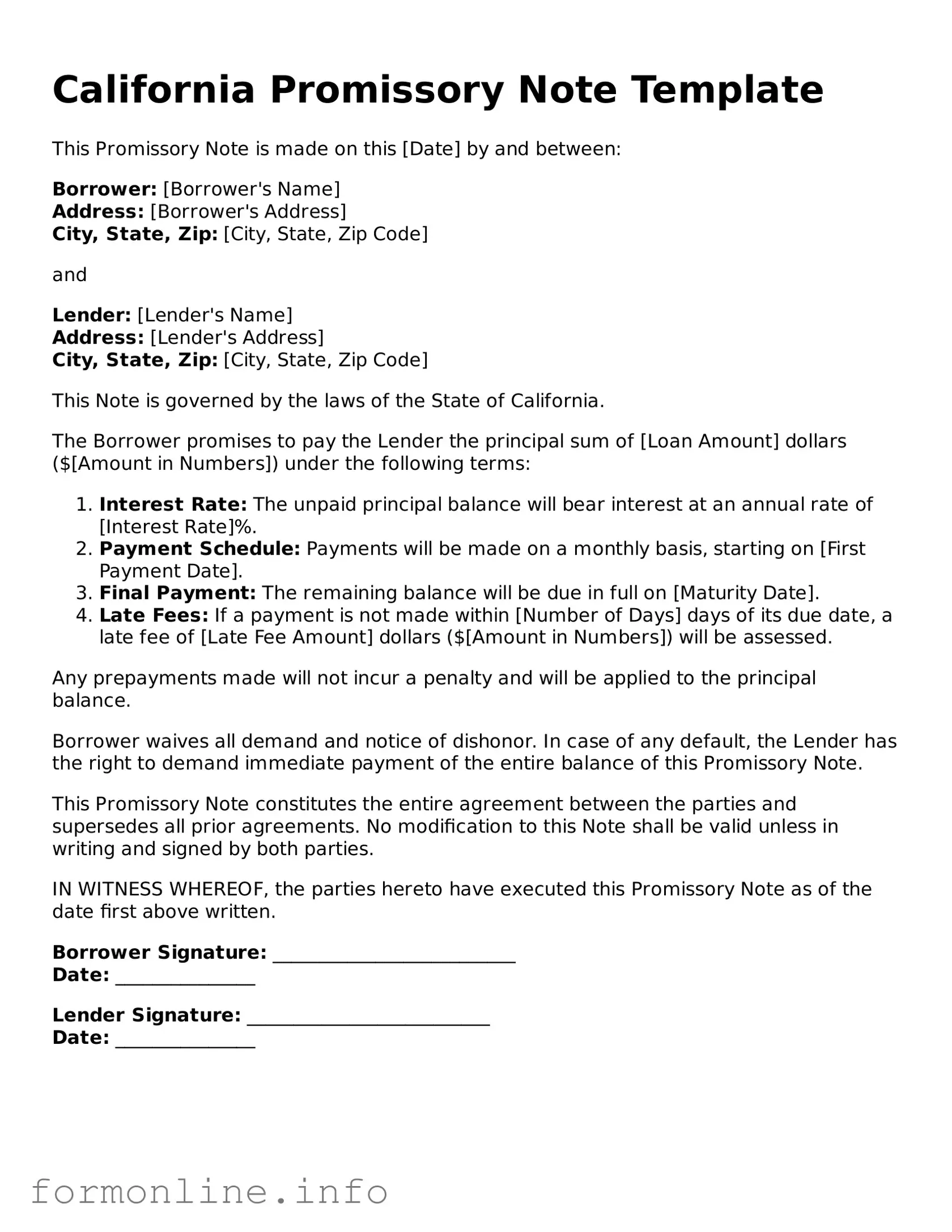The California Promissory Note is similar to a personal loan agreement. Both documents outline the terms under which one party borrows money from another. They specify the loan amount, interest rate, repayment schedule, and any penalties for late payments. A personal loan agreement, however, may include additional clauses regarding the use of the funds, which is less common in a standard promissory note.
A mortgage note is another document that shares similarities with the California Promissory Note. Like a promissory note, a mortgage note is a written promise to repay borrowed money. However, a mortgage note is specifically tied to real estate transactions, where the property serves as collateral. This added layer of security distinguishes it from a general promissory note, which may not involve collateral.
Understanding the nuances of various financial documents is crucial, especially when considering options for funding education. For those interested in pursuing higher education, the AZ Forms Online provides essential resources regarding the Arizona University Application form, helping streamline the application process for students from diverse backgrounds.
The installment loan agreement also resembles the California Promissory Note. Both documents detail a loan that is repaid over time through scheduled payments. However, installment loans often have fixed terms and may include provisions for early repayment, while promissory notes can be more flexible in terms of repayment conditions.
A business loan agreement is akin to a promissory note in that it formalizes the terms of a loan between a lender and a business. Both documents outline the loan amount, interest rate, and repayment terms. The key difference lies in the borrower; a business loan agreement is specifically designed for corporate entities, while a promissory note can be used for personal loans as well.
A car loan agreement shares similarities with the California Promissory Note, particularly in the context of financing a vehicle purchase. Both documents outline the loan amount and repayment schedule. However, a car loan agreement typically includes specific terms related to the vehicle being financed, such as the make, model, and identification number, which are not found in a standard promissory note.
A student loan agreement is another document that bears resemblance to the California Promissory Note. Both serve as formal agreements for borrowed funds that require repayment. However, student loan agreements often come with unique terms, such as deferment options and income-driven repayment plans, reflecting the specific needs of students.
A credit card agreement is similar to a promissory note in that both involve borrowing money with the obligation to repay. However, credit card agreements usually include revolving credit terms, allowing borrowers to carry a balance and make minimum payments, whereas a promissory note typically requires fixed payments over a specified term.
A debt settlement agreement shares some characteristics with the California Promissory Note. Both documents involve the repayment of debt, but a debt settlement agreement often includes negotiated terms that reduce the total amount owed. This contrasts with a promissory note, which usually reflects the original loan amount without any reductions.
Finally, a loan modification agreement can be likened to a promissory note. Both documents pertain to the repayment of borrowed funds. However, a loan modification agreement specifically alters the terms of an existing loan, such as changing the interest rate or extending the repayment period, while a promissory note typically establishes the original terms of the loan.
